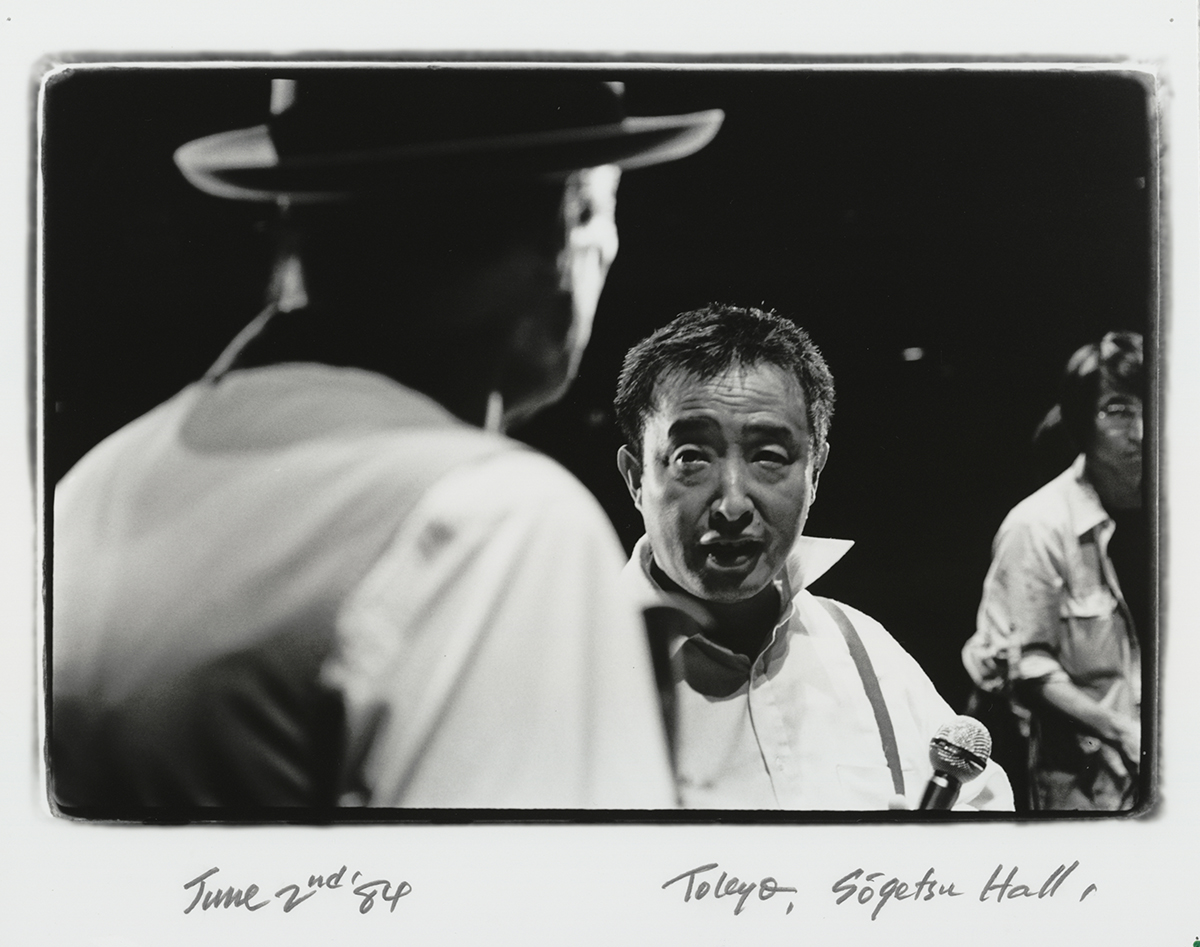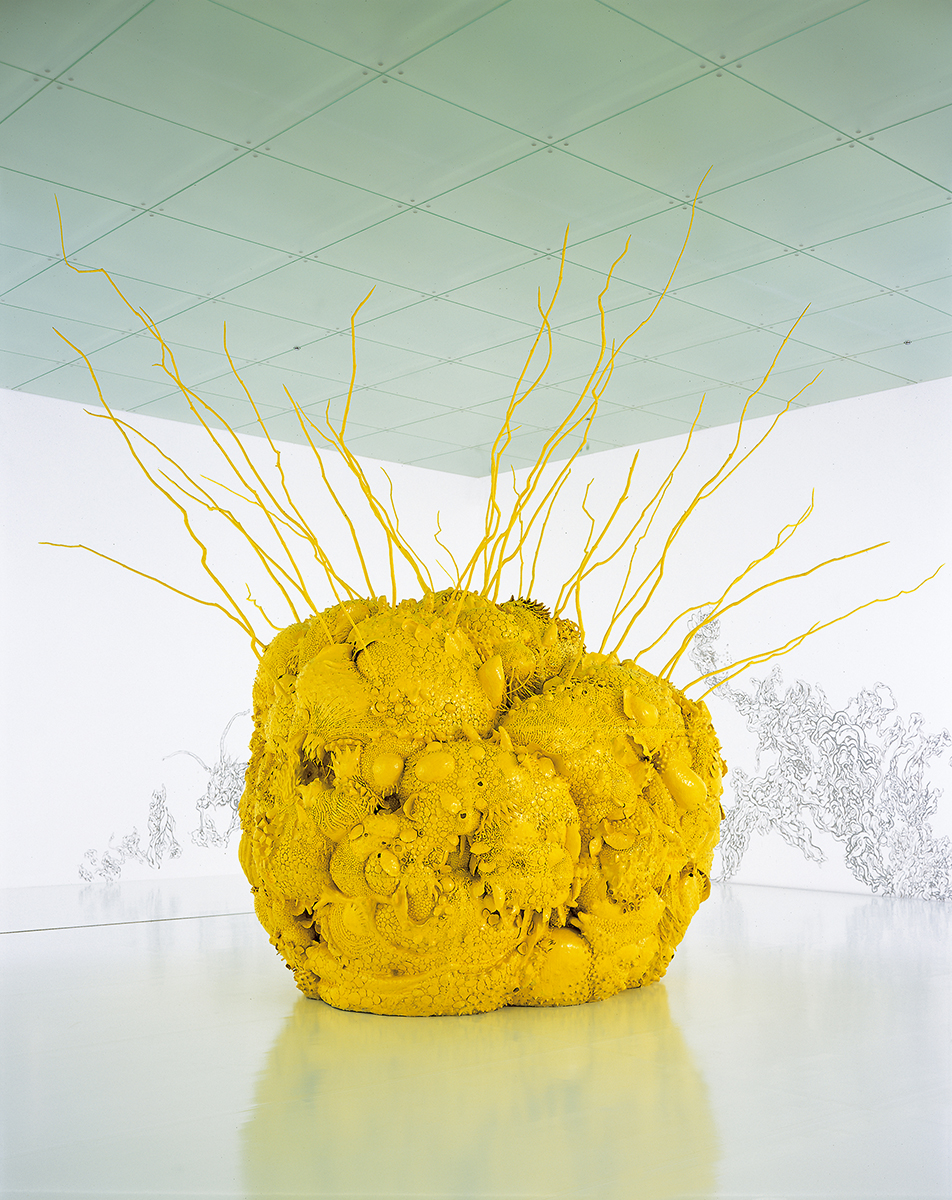PRISM OF THE REAL: MAKING ART IN JAPAN 1989–2010
HAPPENINGText: Alma Reyes
The transition from the Shōwa (1926-1989) to the Heisei era (1989-2019) witnessed groundbreaking and tumultuous events in Japan and abroad. The spark of two world wars crippled civilizations, yet forged the paths to paramount progress in economic architecture. The roaring twenties and thirties triggered technological advancement, the struggle for women’s suffrage, and superior craftsmanship in the arts. On the other hand, harsh adversities, such as the world financial crises, Japan’s bubble economy, Tokyo subway’s sarin attack, and the Great Hanshin Earthquake that all transpired in the 1990s, resulted in the ruinous collapse of infrastructure and the human spirit. After the end of the Cold War, space exploration, the civil rights movement, climate change, and the rise of the Internet, among other significant occurrences, opened channels for diversity, freedom, and seamless dissemination of information worldwide.
Artists, likewise, have responded radically to such societal and cultural transformations. They have become like prisms that absorb light and refract it in various wavelengths. In the same figurative way that prisms perceive objects or situations at different angles, Japanese and foreign creators have observed the universe through lenses of interpretation and integration of multiple spectrums encompassing social, cultural, political, technological, and environmental trends.

Mariko Mori, Miko no Inori, 1996, Collection of the artist © Mariko Mori. Courtesy of the Artist.
With this concept in mind, The National Art Center, Tokyo is presenting “Prism of the Real: Making Art in Japan 1989–2010” until December 8th this year. Together with the global museum of contemporary visual culture M+ in Hong Kong, the curation of the comprehensive exhibition revolves around over fifty local and international artists who have explored the limitless parameters of internationalization, particularly in Japan, and the multifarious ways it has molded the essence of free artistic expression. Their works encapsulate the milestones of the 80th anniversary this year of the end of World War II and the second World Expo in Osaka after 55 years.

Nam June Paik and Joseph Beuys, Performance for 2 Pianos, Photo: Shigeo. Anzaï, Sogetsu Hall, June 2, 1984. [June 2, 1984], ANZAÏ Photo Archive, The National Art Center, Tokyo © Estate of Shigeo Anzaï, 1984, Courtesy of ANZAÏ Photo Archive, The National Art Center, Tokyo
We see the repertoire of intercontinental exchange in both the arrival of overseas artists to Japan and the participation of Japanese artists in international exhibitions. The video work “Performance for 2 Pianos” (1984) by two renowned visual artists, Nam June Paik and Joseph Beuys, features the brilliant concert held at the Sogetsu Hall in Tokyo on June 2, 1984. Paik quietly performed improvised variations of Japanese pop music on the piano while Beuys delivered a voice rendition about alternate egos from a coyote to a human. The special joint effort stood as a crucial pivot in tearing down the barrier between the east and the west.

Noboru Tsubaki, Esthetic Pollution, 1990, Collection of 21st Century Museum of Contemporary Art, Kanazawa © TSUBAKI Noboru, Photo: Taku Saiki, Courtesy of 21st Century Museum of Contemporary Art, Kanazawa
From about 1989, the artistic wave in Japan spun around a bold experimentation with mass-produced items and multimedia. As a metaphor of the outspread spectacle surrounding consumerism and the environment, Noboru Tsubaki has produced “Esthetic Pollution” (1990), a large, amorphous sculpture in yellow-painted polyurethane, clay, and wood resembling a beehive with tree branches jutting out. Tsubaki intended to express human resistance against the natural world and the ecological deterioration that set off the late 1980s economic bubble.
Read more ...





